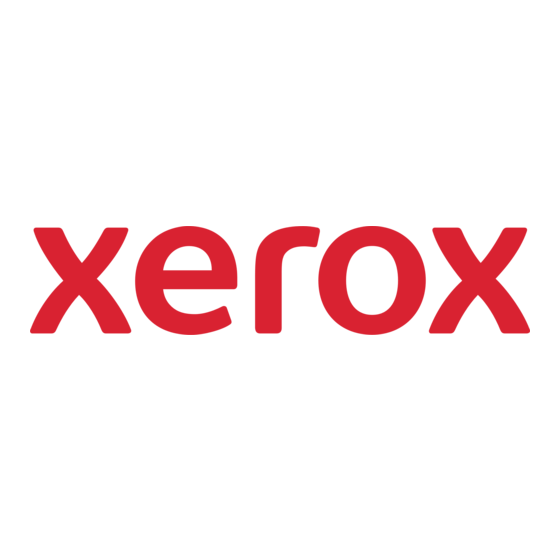Xerox DocuPrint 135 Instrukcja obsługi - Strona 20
Przeglądaj online lub pobierz pdf Instrukcja obsługi dla Oprogramowanie Xerox DocuPrint 135. Xerox DocuPrint 135 34 stron. Tape client job submission guide enterprise printing system
Również dla Xerox DocuPrint 135: Instrukcja obsługi (38 strony), Specyfikacje (2 strony), Podręcznik referencyjny (2 strony), Podręcznik planowania (20 strony), Podręcznik referencyjny (42 strony), Skrócona instrukcja obsługi (2 strony), Podręcznik uzupełniający (48 strony)

